


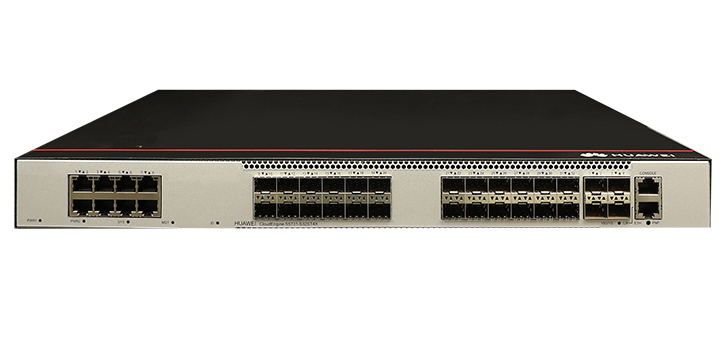
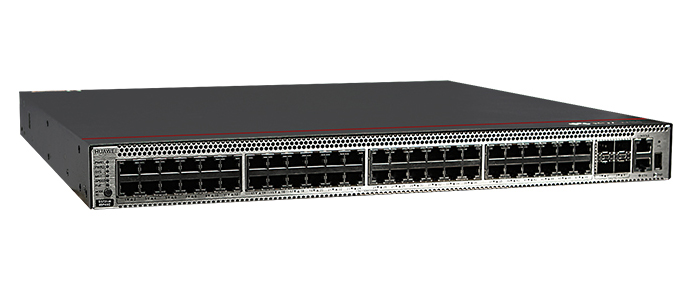
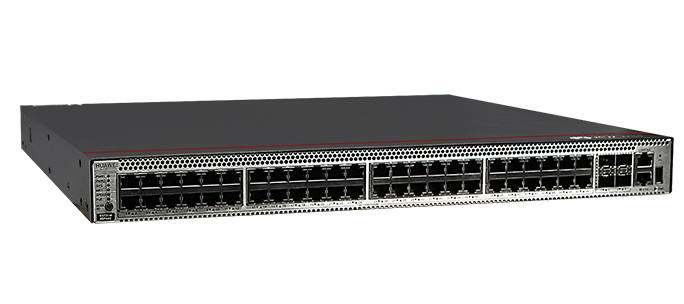


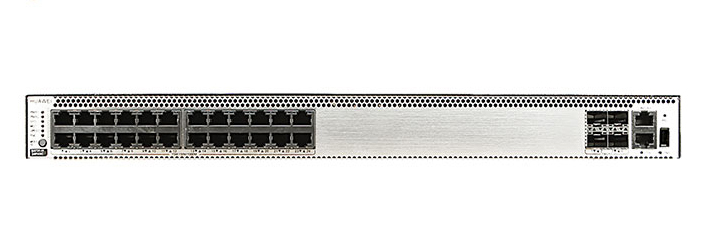
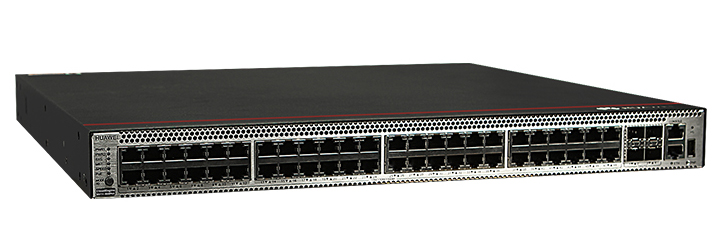


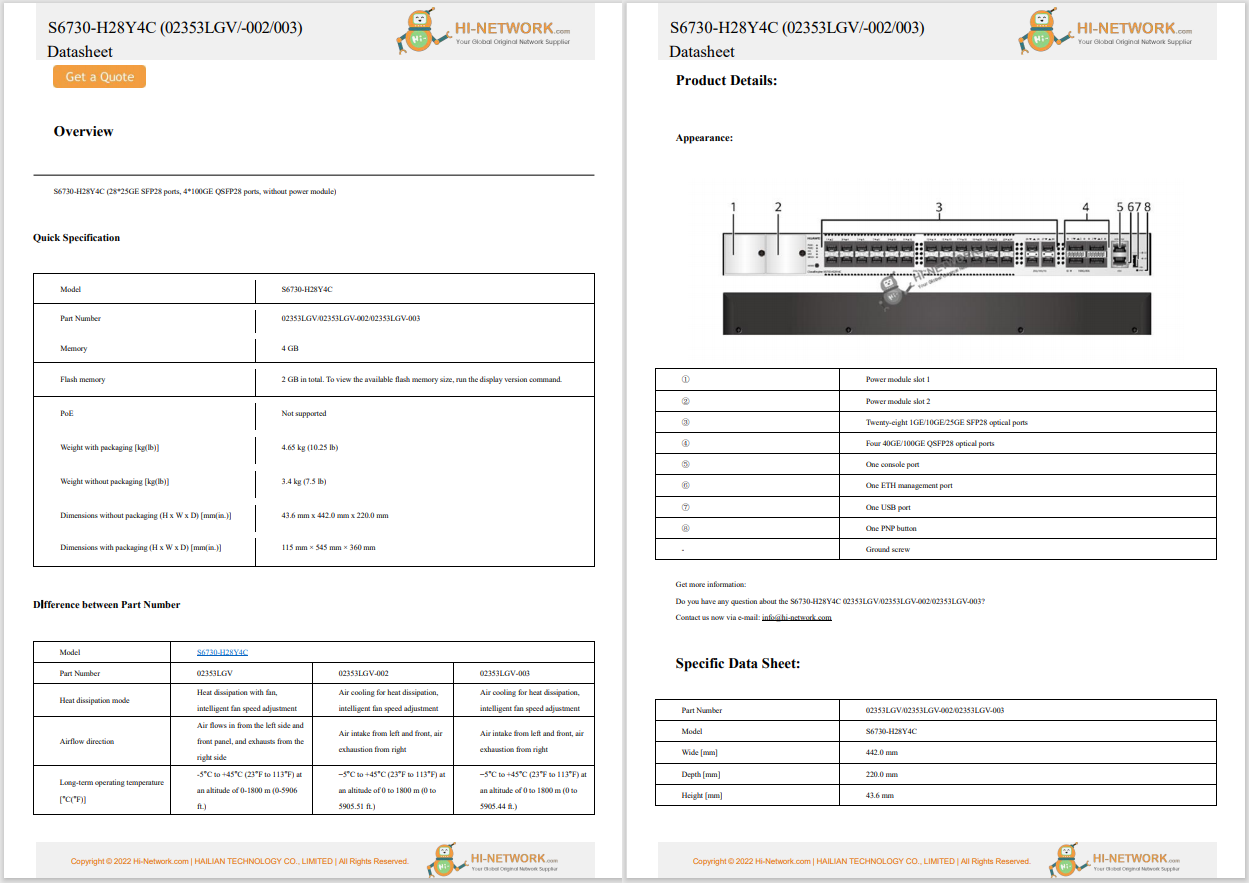

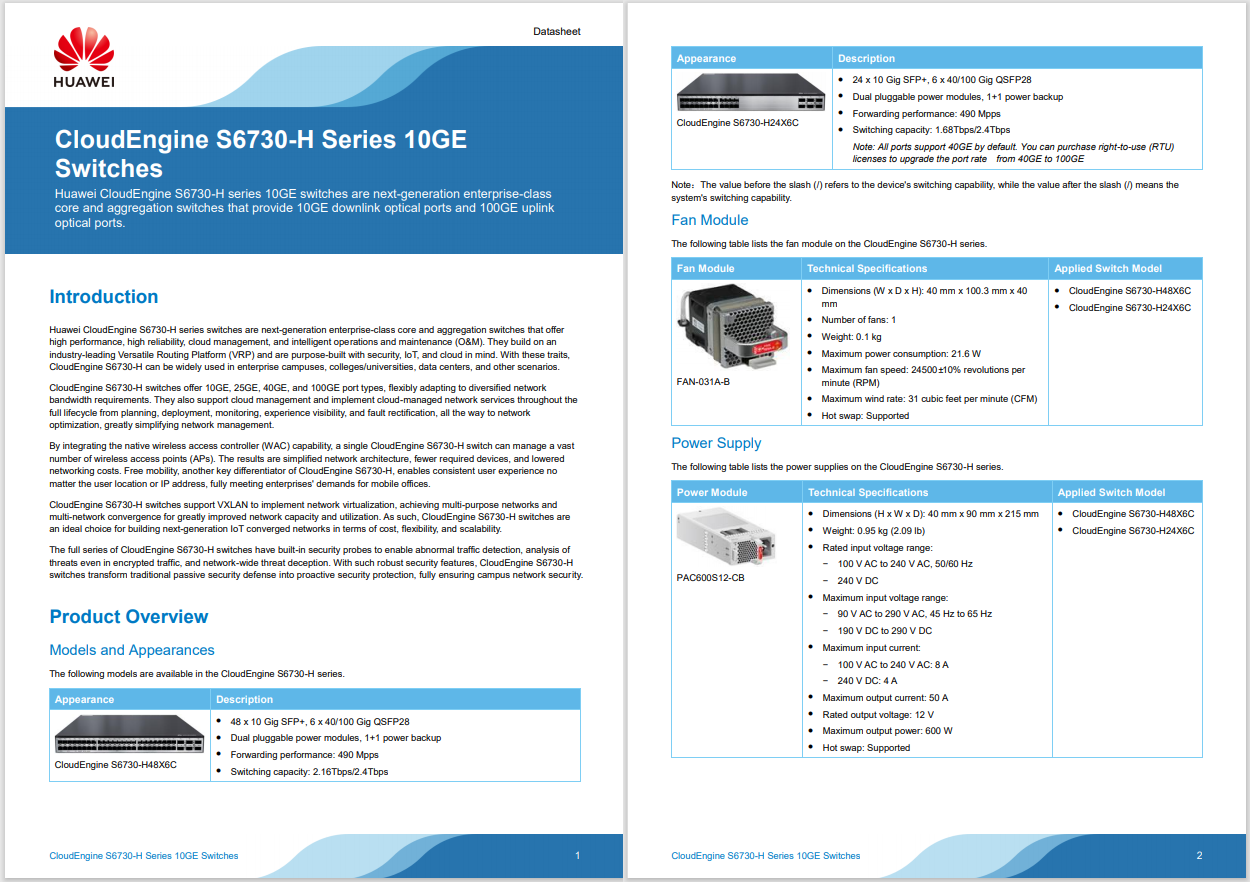
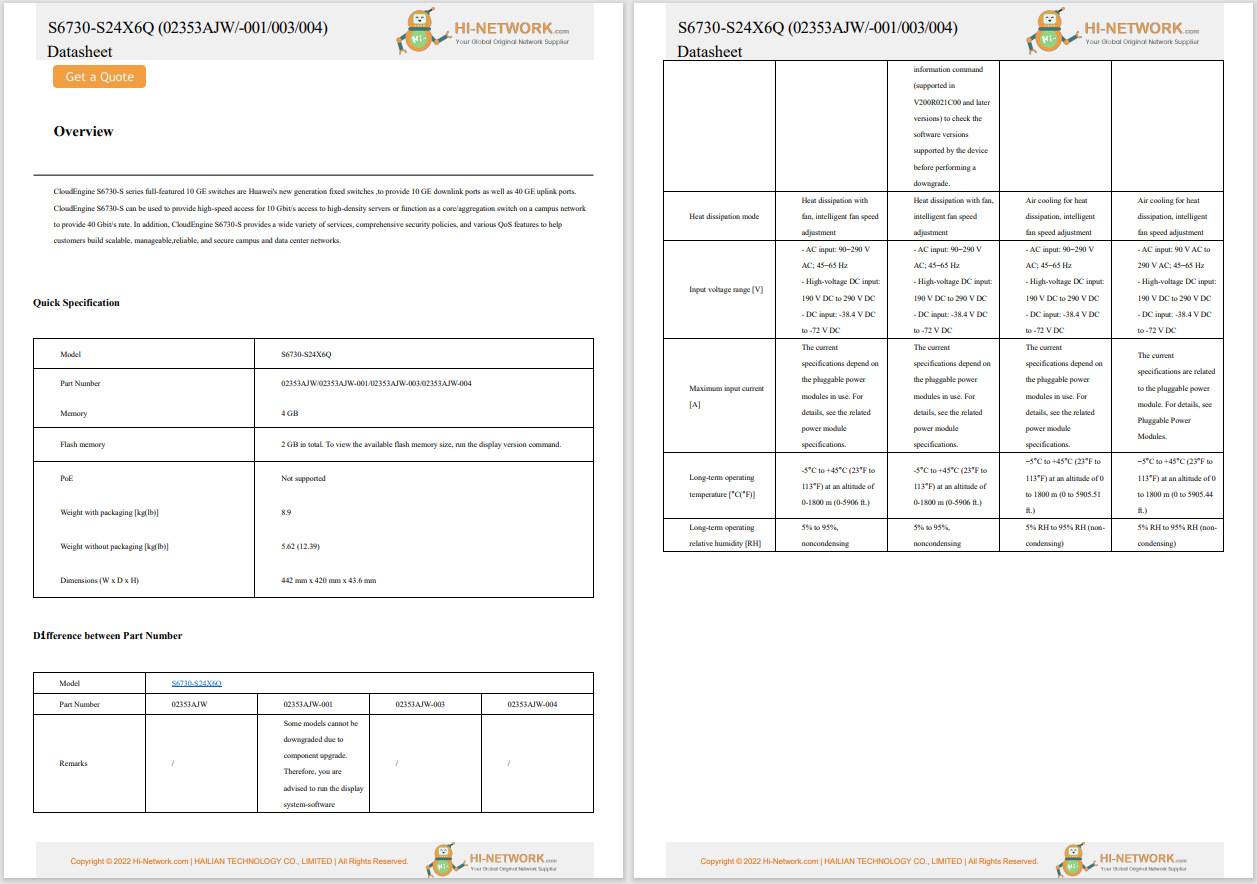

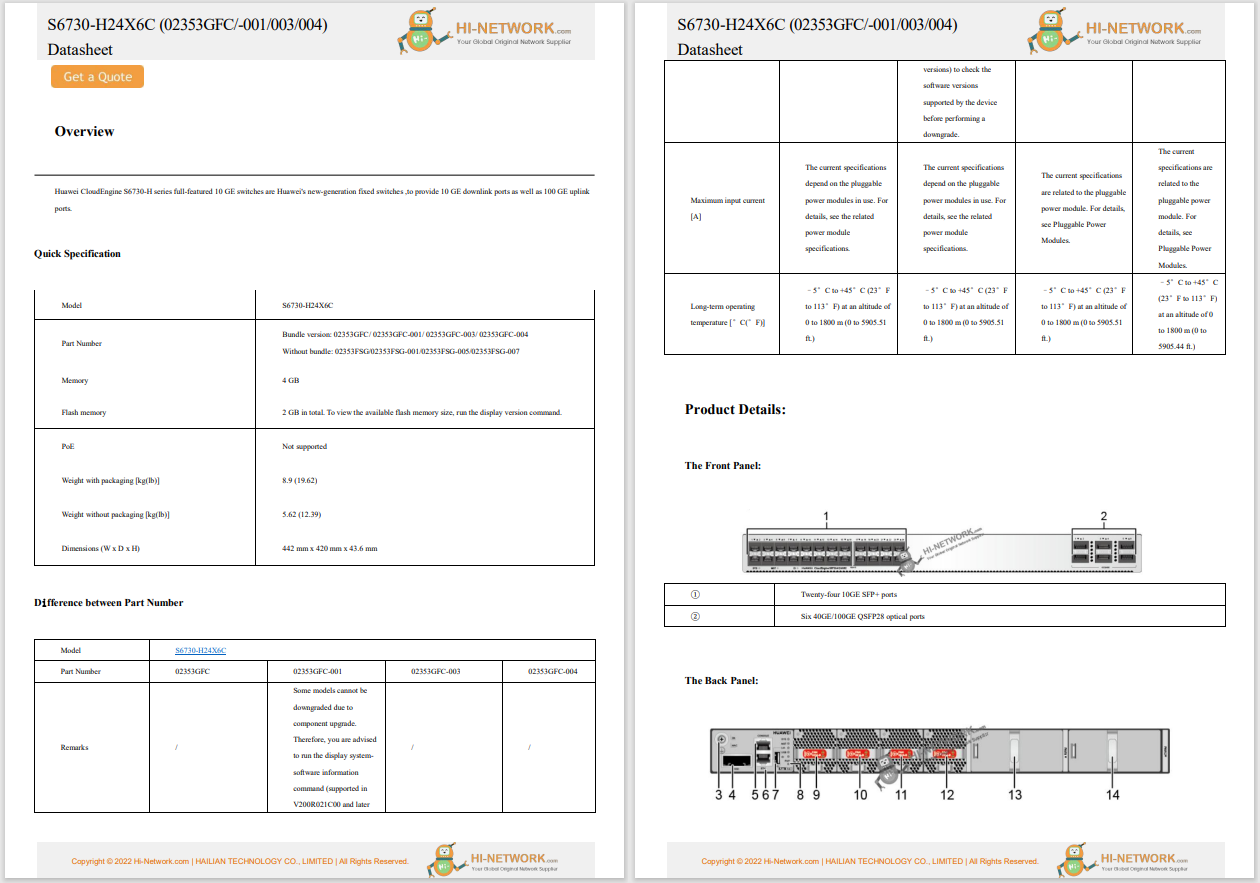

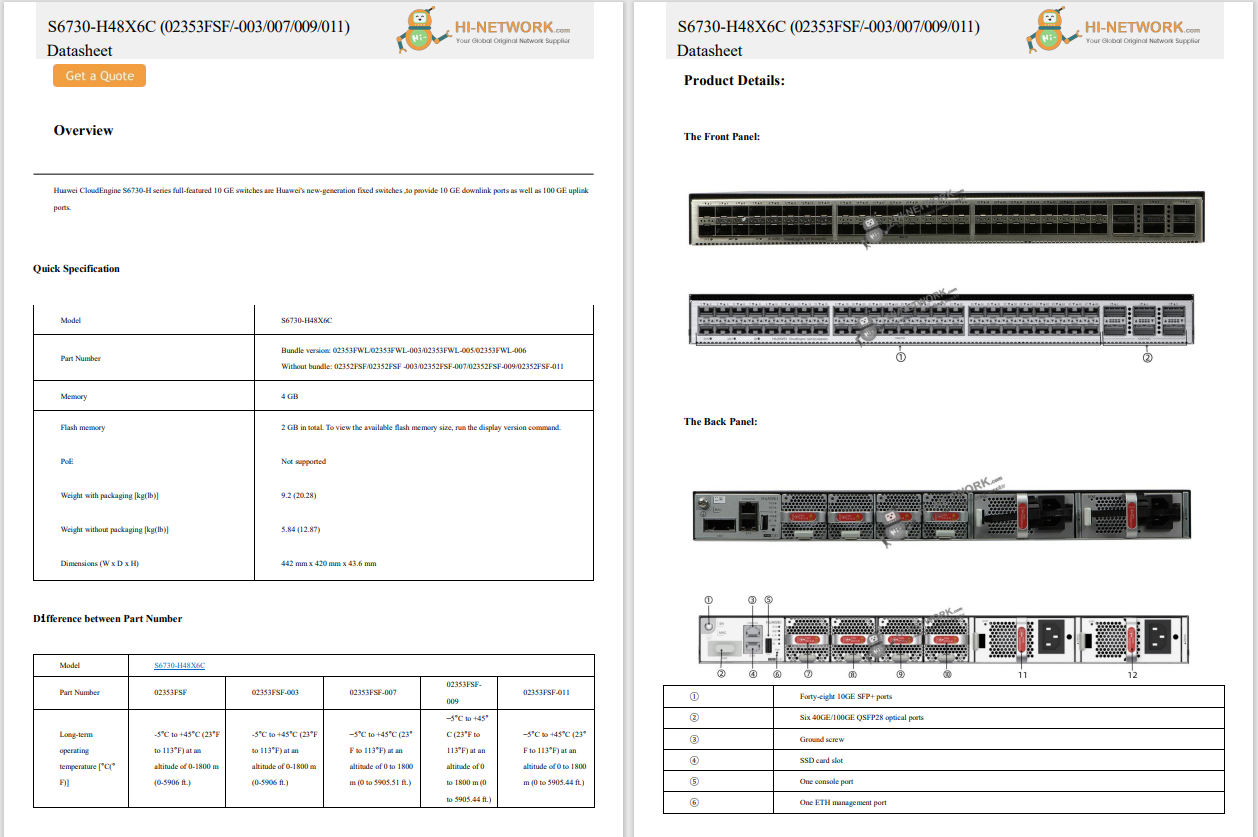
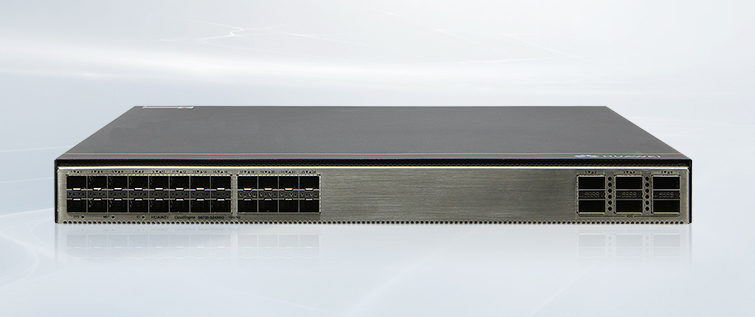


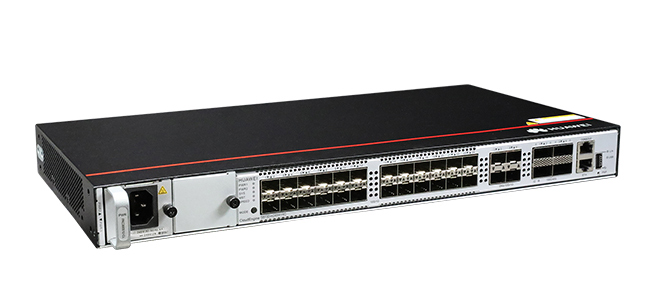
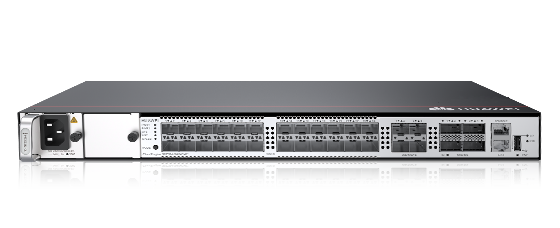
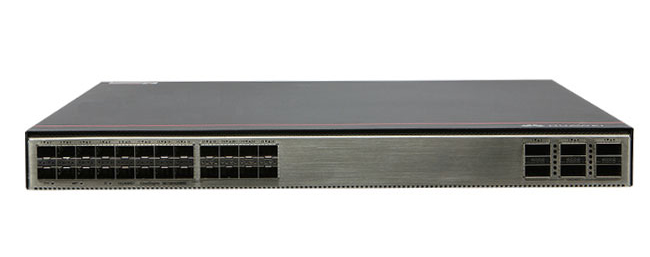


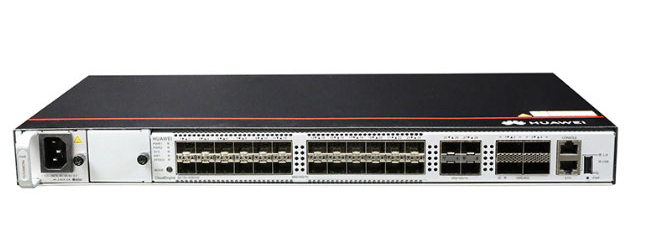
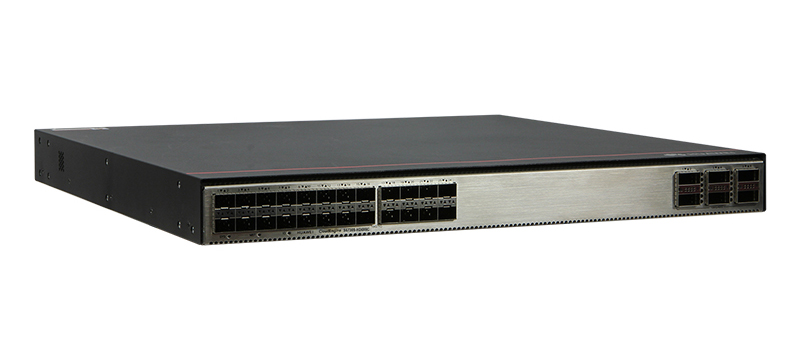
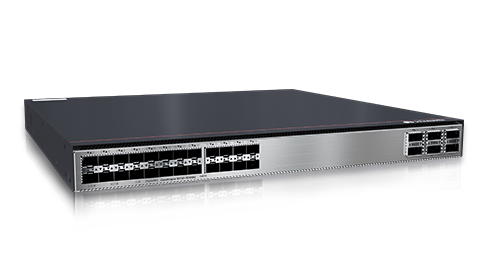
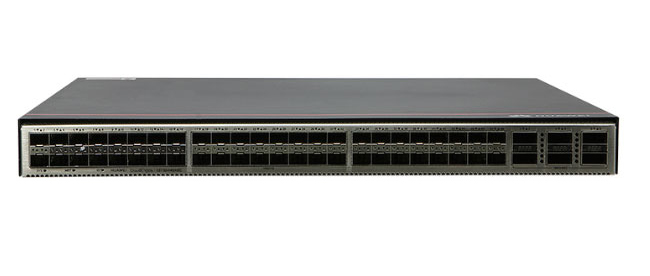

Enterprise Connect 2025, the largest communications, collaboration and CX Conference in North America, highlighted a critical shift in enterprise communications and CX, emphasizing AI-enabled transformation, deep platform integration, and workflow automation. This year's event reinforced that technology decisions must be strategic, outcome-focused, and scalable.
Below are the most significant insights business and IT leaders must understand to drive measurable impact and maintain a competitive advantage in 2025 and beyond.
AI-powered agents have moved beyond proof-of-concept to full-scale enterprise deployment. Organizations leveraging AI-driven customer service and internal automation are seeing measurable gains in efficiency, cost savings, and user satisfaction. AI is not replacing human interaction but augmenting it, allowing organizations to deliver faster, more consistent, and context-aware experiences.
Also: How Salesforce's 5-level framework for AI agents finally cuts through the hype
Technology buyers must evaluate AI agents based on their ability to process inquiries and their impact on operational efficiency and customer loyalty.
The ongoing debate between adopting a unified platform versus specialized point solutions is more relevant than ever. While platforms provide seamless integration across Unified Communications (UC) and contact center environments, point solutions can often offer cutting-edge innovation in niche areas.
Also: Want to win in the age of AI? You can either build it or build your business with it
Organizations must weigh the trade-offs: platforms may reduce complexity but risk vendor lock-in, whereas best-of-breed solutions can provide differentiation but introduce integration challenges. A strategic approach -- prioritizing flexibility and long-term interoperability -- will define business success. Considering current global economic uncertainty and cost control, more business leaders seem to lean toward a platform approach.
AI innovation continues rapidly, but enterprises must distinguish between practical AI that delivers tangible ROI and aspirational solutions (aka magical AI) that lack immediate business value. Practical AI enhances agent productivity, reduces handle times, and personalizes customer interactions in ways that directly impact revenue and operational efficiency.
Also: 3 ways AI can unlock new (and better) changes for your business
Business leaders must challenge vendors to demonstrate clear business cases, ensuring AI investments align with specific organizational objectives rather than speculative, unproven technology. Also, every AI initiative (current and planned) must have a roadmap with clearly defined focus areas (e.g., self-service, agent empowerment) and milestones. Building and updating such a roadmap allows for tracking implementation and performance outcomes more successfully.
The long-promised convergence of UC and contact centers is now imperative for business. Siloed communication systems create inefficiencies and friction, whereas integrated solutions enable seamless transitions between employee collaboration and customer interactions.
Organizations investing in UC and contact center integration can expect improved service levels, reduced churn, and higher employee productivity. Buyers should consider prioritizing solutions with open APIs and proven interoperability to future-proof their technology stack.
Enterprises now generate vast amounts of interaction data, but the true competitive advantage sits with AI-powered analytics. Real-time sentiment analysis, predictive modeling, and conversational intelligence redefine how organizations measure and optimize performance across customer-facing and internal communications. Companies that harness these insights can proactively address customer needs, optimize workforce performance, and drive data-driven decision-making -- at scale.
Also: Your data's probably not ready for AI - here's how to make it trustworthy
To get the most out of AI analytics, business users must be aware of the capabilities and have easy access to on-demand learning materials to learn how to leverage it in their activities.
Automation is no longer just a convenience but a necessity for streamlining complex business processes and enhancing customer journeys. AI-enabled workflow automation reduces manual effort, accelerates response times, and ensures consistency across all interaction channels (e.g., web, phone, social media, email). Organizations that successfully integrate automation into their CX ecosystems see measurable gains in customer satisfaction, operational efficiency, and revenue growth.
Also: 5 ways to manage your team more effectively in the AI-enabled enterprise
Buyers must assess workflow automation tools based on their ability to integrate with existing systems and their impact on end-to-end process optimization. Also, it's vital to capture and involve the voice of the employee when mapping and managing customer and operational workflows, as it helps business leaders uncover ways to streamline inefficiencies while maintaining competitive strengths for CX results.
Enterprise Connect 2025 made one thing abundantly clear: AI and automation are no longer optional; they are increasingly incorporated into most CX and contact center systems and processes to support business performance. However, technology leaders must make informed decisions, ensuring their investments drive real business value.
Also: Want AI to work for your business? Then privacy needs to come first
The focus must be on practical, scalable solutions that enhance efficiency, improve customer experiences, and generate tangible financial results. By aligning technology choices with strategic business goals, CX, contact center, and IT leaders can unlock new levels of growth and innovation in an AI-powered world.
Get the morning's top stories in your inbox each day with ourTech Today newsletter.
 Tags chauds:
affaires
Tags chauds:
affaires